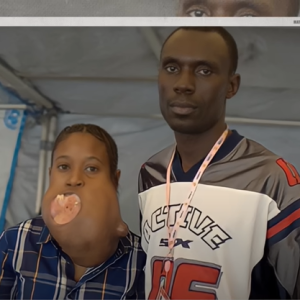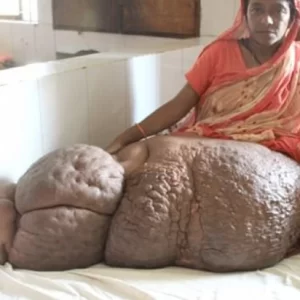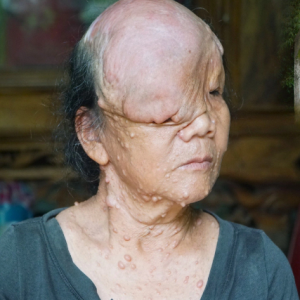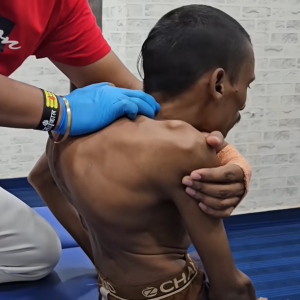In the vast spectrum of human diversity, there exists a realm where faces defy conventional norms and challenge our perceptions of beauty and normalcy. These are the faces that bear the marks of rare and mysterious conditions, captivating our attention with their uniqueness and complexity. Let us delve into the enigmatic world of rare facial conditions, where each individual tells a story of resilience, identity, and acceptance.
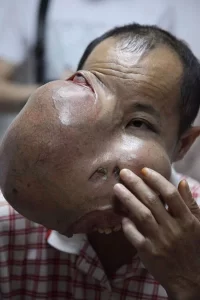
Treacher Collins Syndrome: Characterized by underdeveloped facial bones and structures, Treacher Collins syndrome affects the formation of the ears, cheeks, and jaw. Individuals with this condition often have downward-slanting eyes, a small lower jaw, and malformed ears. Despite these physical challenges, many people with Treacher Collins syndrome lead fulfilling lives, navigating the world with courage and determination.
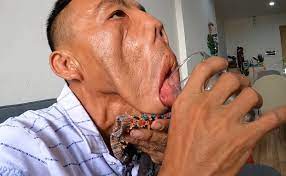
Goldenhar Syndrome: Named after Maurice Goldenhar, this rare congenital condition results in facial asymmetry and incomplete development of the ear, eye, and jaw. Individuals with Goldenhar syndrome may have one-sided facial underdevelopment, a smaller-than-average jaw, and eye abnormalities. Treatment often involves surgical interventions to address functional and cosmetic concerns, allowing affected individuals to thrive with confidence.
Craniofacial Microsomia: Also known as hemifacial microsomia, this condition involves underdevelopment of the lower half of one side of the face. It can affect the ear, jaw, cheekbone, and facial muscles, leading to asymmetry and functional challenges. While treatment options vary depending on the severity of the condition, early intervention and comprehensive care can help improve facial appearance and function.
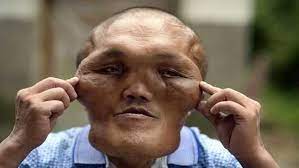
Moebius Syndrome: Moebius syndrome is a rare neurological disorder characterized by facial paralysis and the inability to move the eyes laterally. Individuals with Moebius syndrome may have a mask-like facial expression, difficulty smiling or closing their eyes, and challenges with speech and feeding. Despite these limitations, many people with Moebius syndrome excel in various aspects of life, showcasing resilience and adaptability.
Parry-Romberg Syndrome: This rare disorder involves progressive atrophy of the tissues on one side of the face, leading to facial asymmetry and deformity. Parry-Romberg syndrome may also affect the underlying bones, muscles, and nerves, resulting in functional impairment and aesthetic concerns. Treatment may include reconstructive surgery and supportive therapies to improve facial appearance and quality of life.
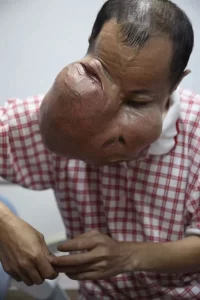
In conclusion, the world of rare facial conditions is as diverse as it is fascinating, encompassing a range of genetic, developmental, and neurological disorders. Despite the challenges they face, individuals with these conditions exemplify strength, courage, and resilience in embracing their unique identities. Through increased awareness, acceptance, and support, we can foster a more inclusive society where every face is celebrated for its inherent beauty and diversity.

